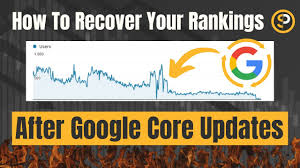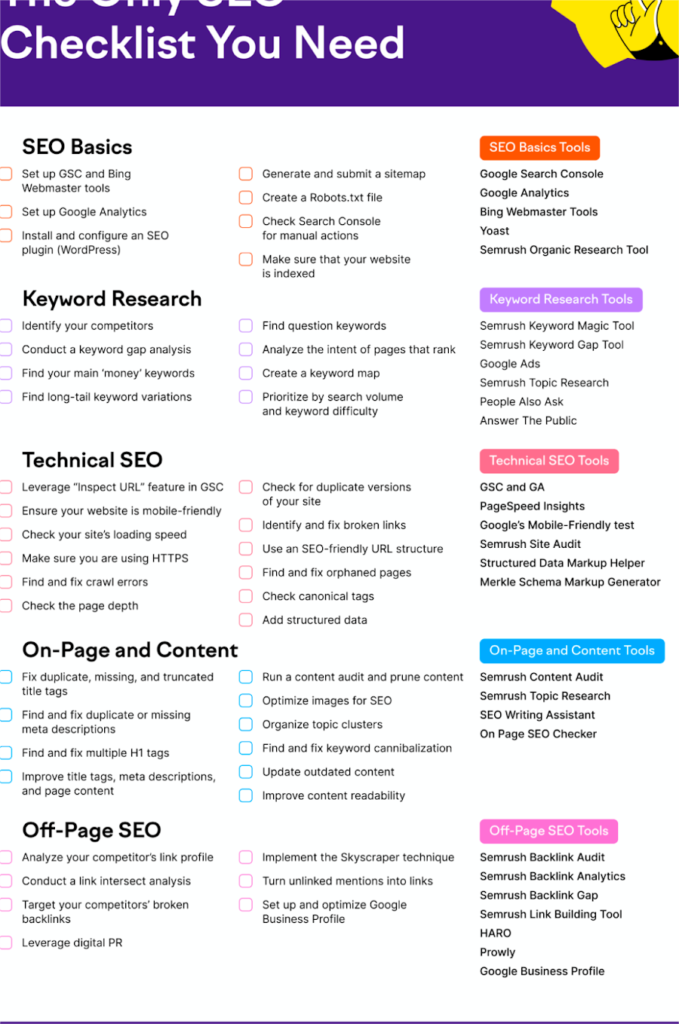Recovering from Search Engine Updates: A Comprehensive Guide to Boosting Your SEO Rankings
Introduction
In the dynamic world of digital marketing, staying ahead of search engine algorithms is a perpetual challenge. Google alone rolls out thousands of updates annually, with significant changes that can drastically affect your website’s visibility. However, optimizing for other search engines like Bing, Yandex, and DuckDuckGo is equally crucial. This guide provides actionable steps to recover from algorithm updates and enhance your SEO rankings across all major platforms.
Understanding the Impact of Continuous Updates
Algorithm updates can lead to sudden drops in website traffic and rankings. For example, after Google’s May 2023 Core Update, over 45% of websites experienced notable ranking fluctuations. Such changes underscore the importance of adaptable SEO strategies.
Real-Life Example: An e-commerce site noticed a 25% decline in organic traffic post-update. By removing non-performing pages, optimizing high-impression pages, and focusing on brand search volume, they not only recovered but also saw a 15% increase in traffic within six months.
Steps to Recover and Improve Your SEO Rankings

1. Conduct a Comprehensive SEO Audit
Content Analysis:
- Identify thin, outdated, or duplicate content.
- Remove non-performing pages and blogs that don’t add value.
- Update and optimize content based on high-impression queries.
Technical SEO:
- Check for crawl errors using tools like Google Search Console.
- Optimize site speed; aim for a load time under 3 seconds.
Backlink Profile:
- Use tools like Ahrefs or SEMrush to identify lost or toxic backlinks.
- Recover lost high-quality links through outreach.
- Disavow or remove harmful links.
2. Increase Brand Search Volume
Brand Awareness Campaigns:
- Run targeted marketing campaigns to boost brand recognition.
Content Marketing:
- Create high-quality, shareable content that promotes your brand.
Social Media Engagement:
- Increase activity on platforms where your audience is active.
3. Enhance Content Quality with E-E-A-T Principles
- Expertise: Provide well-researched and accurate information.
- Authoritativeness: Highlight credentials and industry recognition.
- Trustworthiness: Use secure connections (HTTPS) and display trust badges.
- Experience: Share real-world insights and firsthand knowledge.
4. Leverage Natural Language Processing (NLP)
Keyword Optimization:
- Focus on semantic keywords and long-tail phrases.
- Include relevant search queries identified in analytics.
Content Structure:
- Use clear headings, short paragraphs, and bullet points.
User Engagement:
- Incorporate multimedia elements like images and videos.
5. Optimize for All Search Engines
Google:
- Follow Google’s Webmaster Guidelines.
- Use structured data markup.
Bing:
- Submit your site to Bing Webmaster Tools.
- Optimize for social media signals; Bing values them more than Google.
Yandex:
- Register with Yandex Webmaster.
- Focus on local SEO if targeting Russian-speaking audiences.
DuckDuckGo:
- Prioritize user privacy.
- Reduce reliance on tracking scripts and cookies.
6. Utilize Affiliate and Referral Channels
Affiliate Marketing:
- Partner with relevant affiliates to broaden your audience.
- Track performance using unique affiliate links.
Referral Programs:
- Encourage word-of-mouth marketing with incentives.
- Use referral codes to monitor effectiveness.
Cross-Promotion:
- Collaborate with other businesses for mutual benefit.
7. Promote High-Impression Pages
Content Optimization:
- Identify pages with high impressions but low clicks.
- Update meta titles and descriptions to improve click-through rates.
Internal Linking:
- Link to high-impression pages from other relevant pages.
External Promotion:
- Share these pages on social media and email newsletters.
8. Include and Optimize for Search Queries
Search Query Analysis:
- Use Google Search Console to identify top search queries.
- Incorporate these queries naturally into your content.
Content Creation:
- Develop new content targeting high-value search queries.
FAQ Sections:
- Answer common questions related to your industry.
9. Recover Lost Links
Link Reclamation:
- Identify lost backlinks using SEO tools.
- Reach out to webmasters to reinstate removed links.
Content Refresh:
- Update old content that previously earned backlinks.
Broken Link Building:
- Find broken links on other sites and suggest your content as a replacement.
10. Engage in Continuous Monitoring and Adaptation
Analytics Tools:
- Regularly review data from Google Analytics, Bing Webmaster Tools, etc.
Stay Updated:
- Follow industry blogs and forums.
Adapt Strategies:
- Be prepared to pivot your approach based on performance metrics.
SEO Improvement Checklist

- Content Quality
- Audit existing content for relevance and quality
- Remove non-performing pages and blogs
- Update outdated information
- Implement E-E-A-T principles
- Include relevant search queries
- Technical SEO
- Fix broken links and 404 errors
- Optimize images and media files
- Ensure mobile-friendliness
- Backlinks
- Remove or disavow toxic backlinks
- Recover lost high-quality links
- Build new backlinks through guest posting
- User Experience
- Improve site navigation and layout
- Enhance page load speeds
- Implement responsive design
- Search Engine Optimization
- Submit sitemaps to Google, Bing, and Yandex
- Use structured data for rich snippets
- Optimize meta titles and descriptions
- Brand Promotion
- Increase brand search volume through marketing campaigns
- Engage with audiences on social media platforms
- Affiliate and Referral Channels
- Establish an affiliate program
- Create referral incentives
- Monitor affiliate/referral traffic
- High-Impression Pages
- Identify pages with high impressions
- Optimize for better click-through rates
- Promote through internal and external channels
- Monitoring and Adaptation
- Set up regular performance reports
- Stay informed about algorithm updates
- Adjust strategies based on data insights
Conclusion
Recovering from search engine algorithm updates requires a multifaceted approach focused on quality, user experience, and adaptability. By implementing these strategies—including increasing brand search volume, removing non-performing content, recovering lost links, and promoting high-impression pages—you can improve your rankings and drive more traffic across all major search engines.
Frequently Asked Questions (FAQs)
Q1: How can I increase my brand’s search volume? A: Boost brand search volume by enhancing brand awareness through marketing campaigns, social media engagement, and producing shareable content that highlights your brand.
Q2: Why should I remove non-performing pages and blogs? A: Non-performing pages can dilute your site’s overall quality and negatively impact SEO. Removing or updating them helps improve site performance and user experience.
Q3: How do I identify and recover lost backlinks? A: Use SEO tools like Ahrefs or SEMrush to track lost backlinks. Reach out to the linking sites to request reinstatement or update your content to make it more link-worthy.
Q4: What are high-impression pages, and how can I leverage them? A: High-impression pages are pages that appear frequently in search results but may have low click-through rates. Optimize their meta titles and descriptions and promote them to increase clicks.
Q5: How important are search queries in content optimization? A: Including relevant search queries helps your content align with what users are searching for, improving relevance and potentially boosting rankings.

Leave a Reply